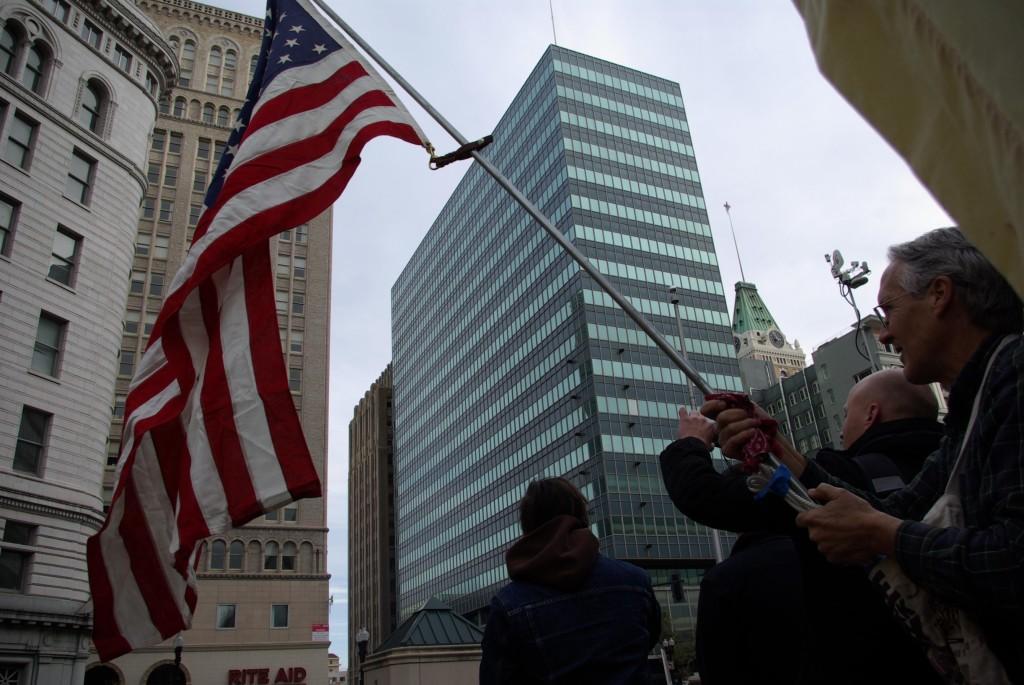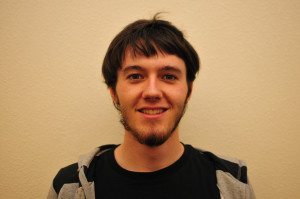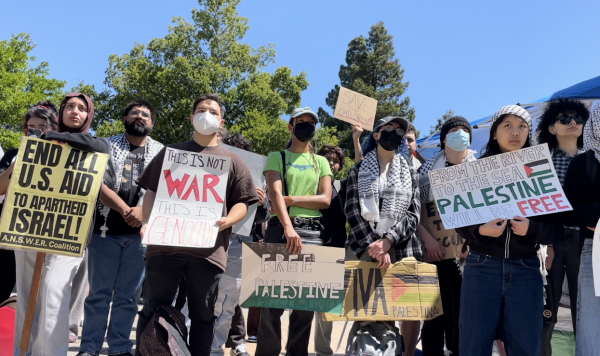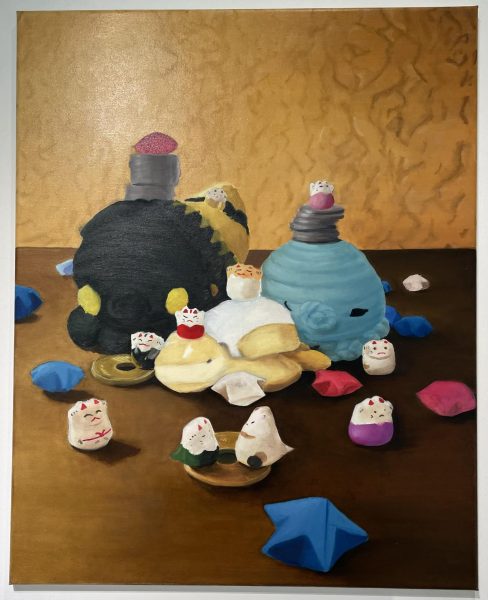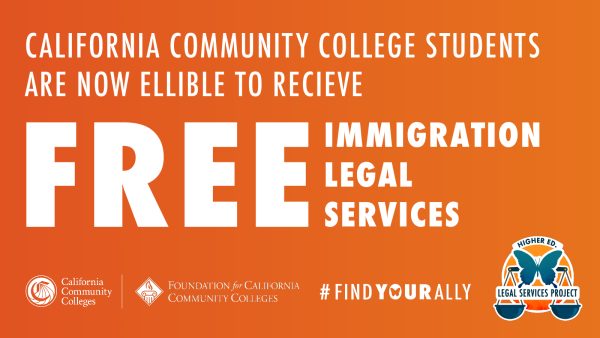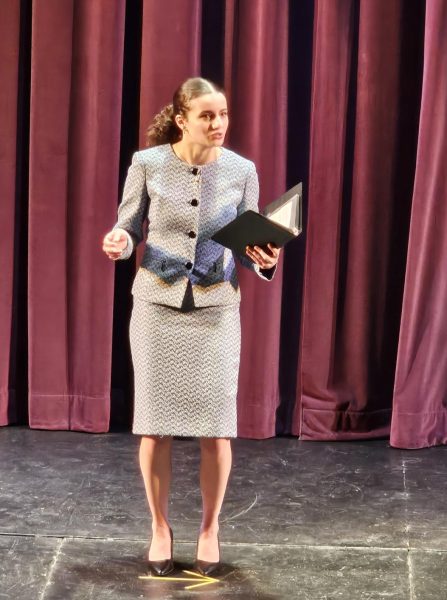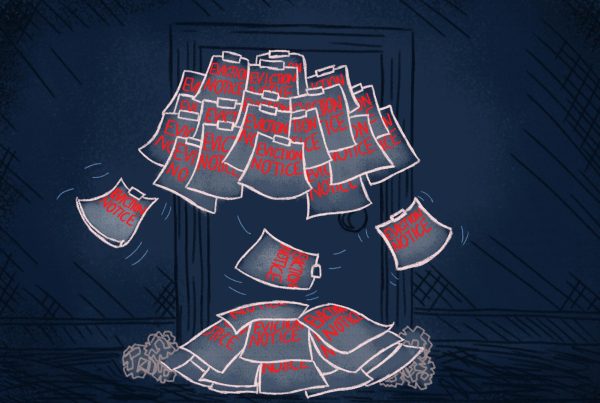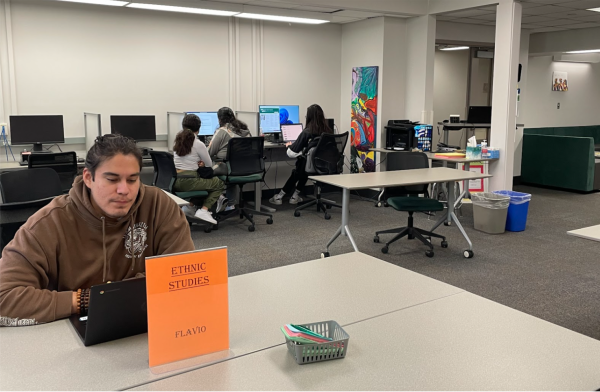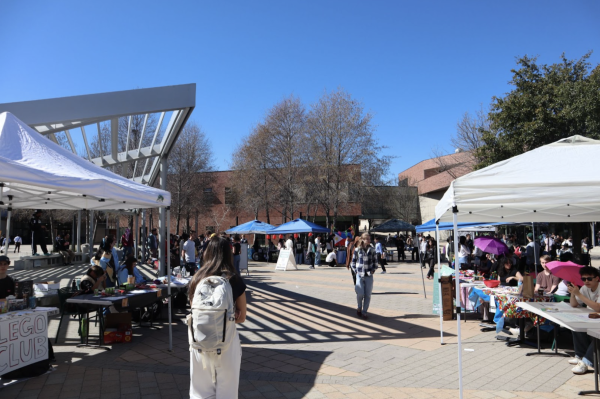Occupy Oakland moves forward, adds a location
A protester waves the American flag on 14th Street and Broadway Avenue before an Occupy Oakland rally on Nov. 19. The marchers moved through Oakland to set up a new encampment on 19th Street and Telegraph Avenue. (Brian Donovan / The Inquirer)
November 21, 2011
Occupy Oakland converged at Frank Ogawa Plaza, where the lawn had been devastated by the city’s flooding of the grounds by sprinklers on Saturday Nov. 19.
“They’d rather flood the land rather than allow the homeless to sleep there,” said Jack Bryson, the father of two sons who were with Oscar Grant the night he was killed. Bryson has since become a leader against police brutality and active in the Occupy movement.
“The 1 percent is ultimately responsible for Oscar Grant’s death, Sean Bell’s, Gary King’s and the list goes on,” Bryson said. “This 1 percent protected Mehserle and made sure he got support.”
Representatives from local unions who support the Occupy movement were there in yellow vests to assist in conducting traffic and security.
“The labor movement has always been working for the 99 percent,” said Melanie Hallahan, member of the California Labor Federation. “I’m excited about the 99 percent getting more active.”
The crowd that was made up of around 3,000 people began to march in downtown Oakland down 14th Street past Snow Park where another Occupy Oakland encampment is established.
The march continued past Lake Merritt and arrived at the Grand Lake Theater where Lakeview Elementary School students and staff held a “Save our Schools” rally.
The school is expected to close due to budget problems.
“They (students) should ask themselves if the Occupy movement has represented their voice more than any of their politicians in the past 20 years,” said activist David Gesinger. “We are trying to take our democracy back.”
Occupiers continued to protest the nation’s current financial system.
“Jail the bankers,” said freelance journalist Barry Lefsky. “High-frequency trading turns the stock market into a gambling den,” Lefksy continued when talking about how 3 percent of our money is in paper while the rest is electronic. “Most of our economy doesn’t exist.”
This movement was not without opposition, as one person was spat on by an unidentified passer-by driving a car.
“Now that I was spat on, I know what this movement is about,” said Matthew Simmons, who works for Shanti, a non-profit serving low-income breast cancer and HIV patients. “You younger people are really leading and it’s happening all over the world.”
The march finished at 19th Street and Telegraph Avenue where the crowd tore down the aging fences and moved into an unused lot within minutes.
They were met by a group of 20 counter protesters living in apartments nearby who sympathized with the movement but did not agree with its approach.
“I would like them to occupy Wall Street and not the 99 percent,” said one of the residents, who refused to give her name. “Love the message but hate the tactics.”
Few police were present, lacking riot gear.
Tents were set up soon after the lot was occupied and the small truck was parked by the street playing music as a celebration ensued among protesters.
“They (the 1 percent) will never get rid of us,” said DVC student Michael Thurman. “Occupation is here to stay every single … day.”
The march was overall peaceful with no confrontation with the police until the next day when police raided the newly established camp.
“We have come to a time where apathy in America and the rest of the world can no longer run rampant,” declared anarchist Jose A. Hernandez. “I hope that people have realized we have already won by just awaking and liberating ourselves.”





































































